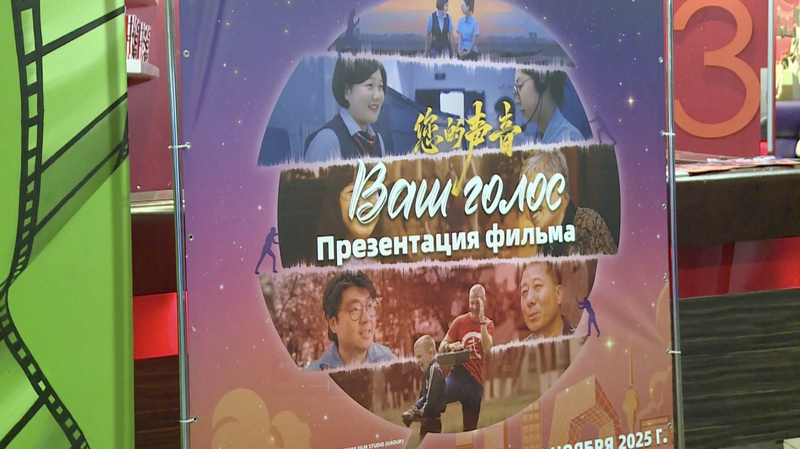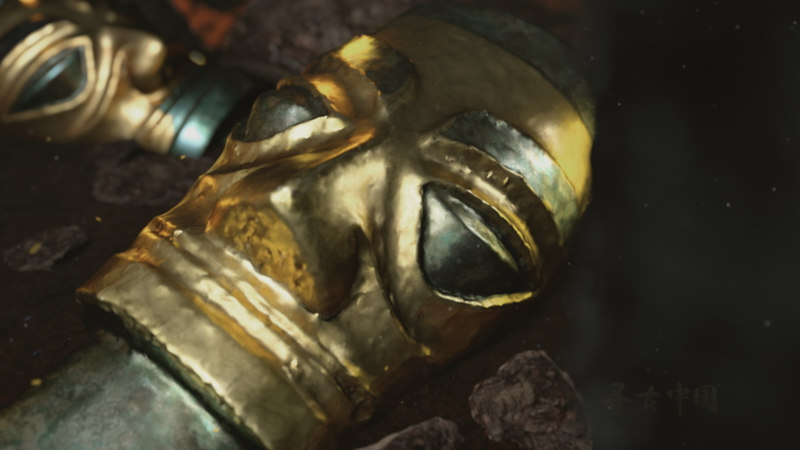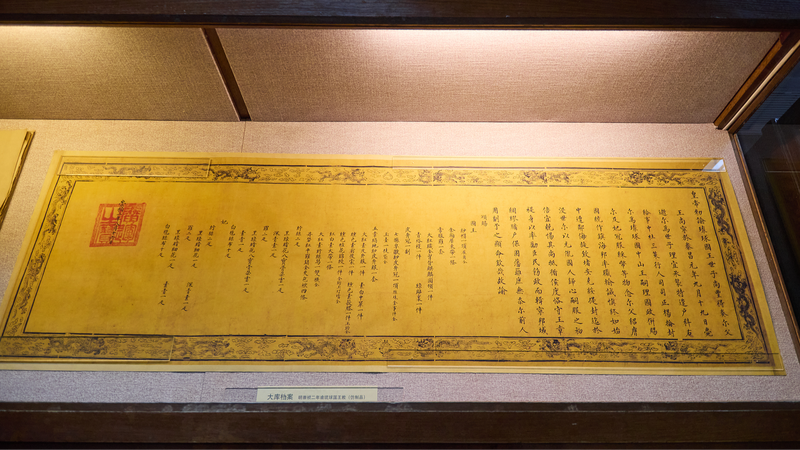Ever wondered how dance forms from different cultures can intertwine to create something truly magical? 🌟 Let’s dive into the captivating world of Chinese and Indian classical dance and discover how these ancient art forms have influenced each other over the centuries.
A Tale of Two Traditions
Both China and India boast rich histories of classical dance, each with its own unique styles, symbols, and stories. From the graceful movements of China’s Classical Chinese Dance to the intricate gestures of India’s Bharatanatyam and Odissi, these dances are more than performances—they’re expressions of deep cultural heritage.
The Cultural Exchange
Thanks to ancient trade routes like the Silk Road, there has been a vibrant exchange of art, ideas, and traditions between China and India. This interaction led to a beautiful blend where elements of Indian dance, such as expressive hand gestures (mudras) and storytelling techniques, found their way into Chinese performances. Similarly, Chinese theatrical elements influenced Indian dance dramas, adding new dimensions to their narratives.
Beyond Borders
In today’s globalized world, this fusion continues! Modern dancers are experimenting by merging classical techniques from both cultures, creating innovative performances that resonate with audiences worldwide. It’s all about celebrating diversity and finding common ground through art. 🎶
Why It Matters
For us in South and Southeast Asia, understanding this cultural interplay enriches our appreciation of the arts. It highlights how interconnected we are and how collaboration can lead to creativity that transcends boundaries. So next time you watch a dance performance, keep an eye out for these cross-cultural influences!
Feel inspired? Maybe it’s time to take a dance class and become part of this ongoing cultural story! 💃🕺
Reference(s):
Palimpsest of classical Chinese dance in India and vice versa
cgtn.com



